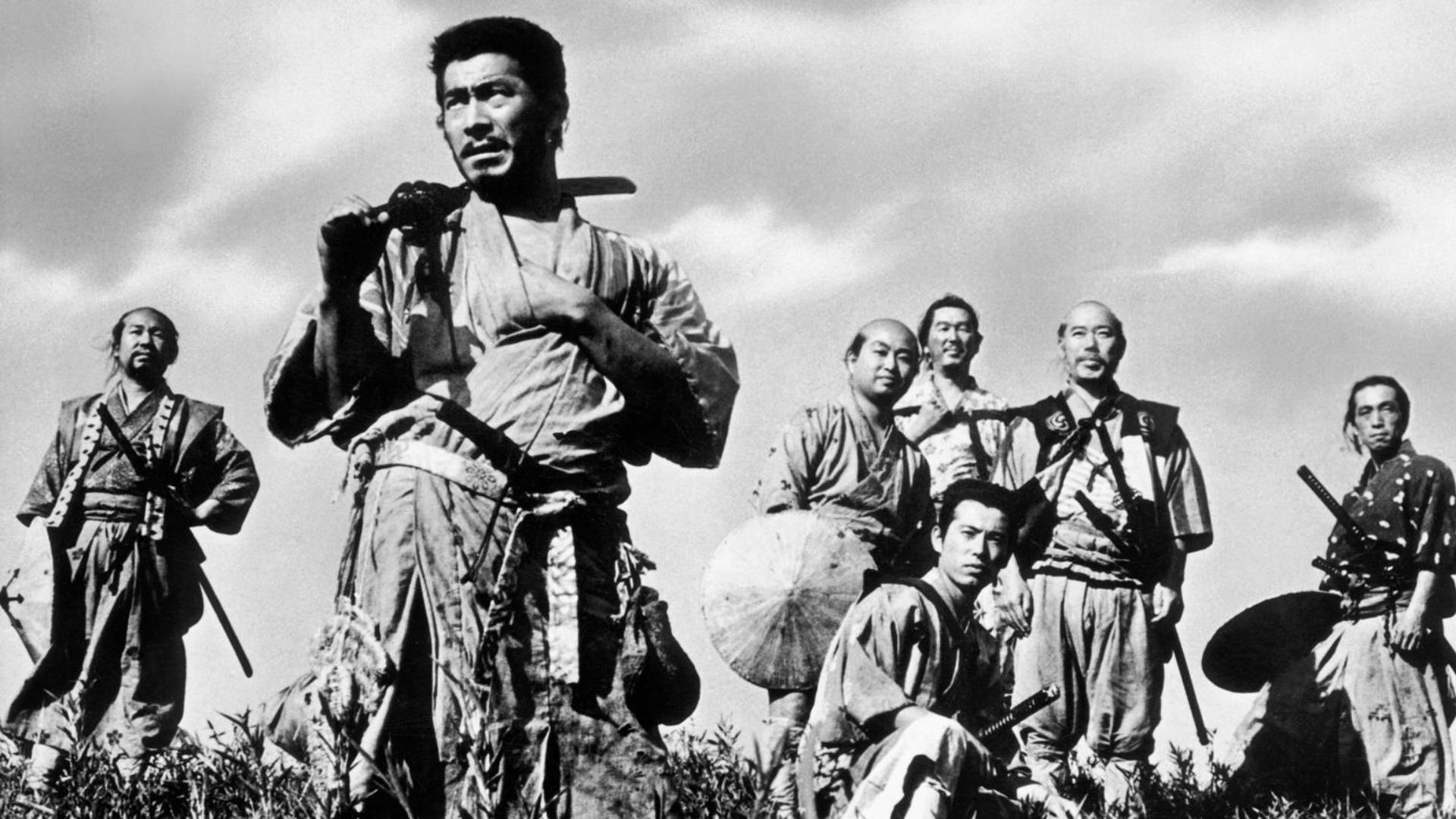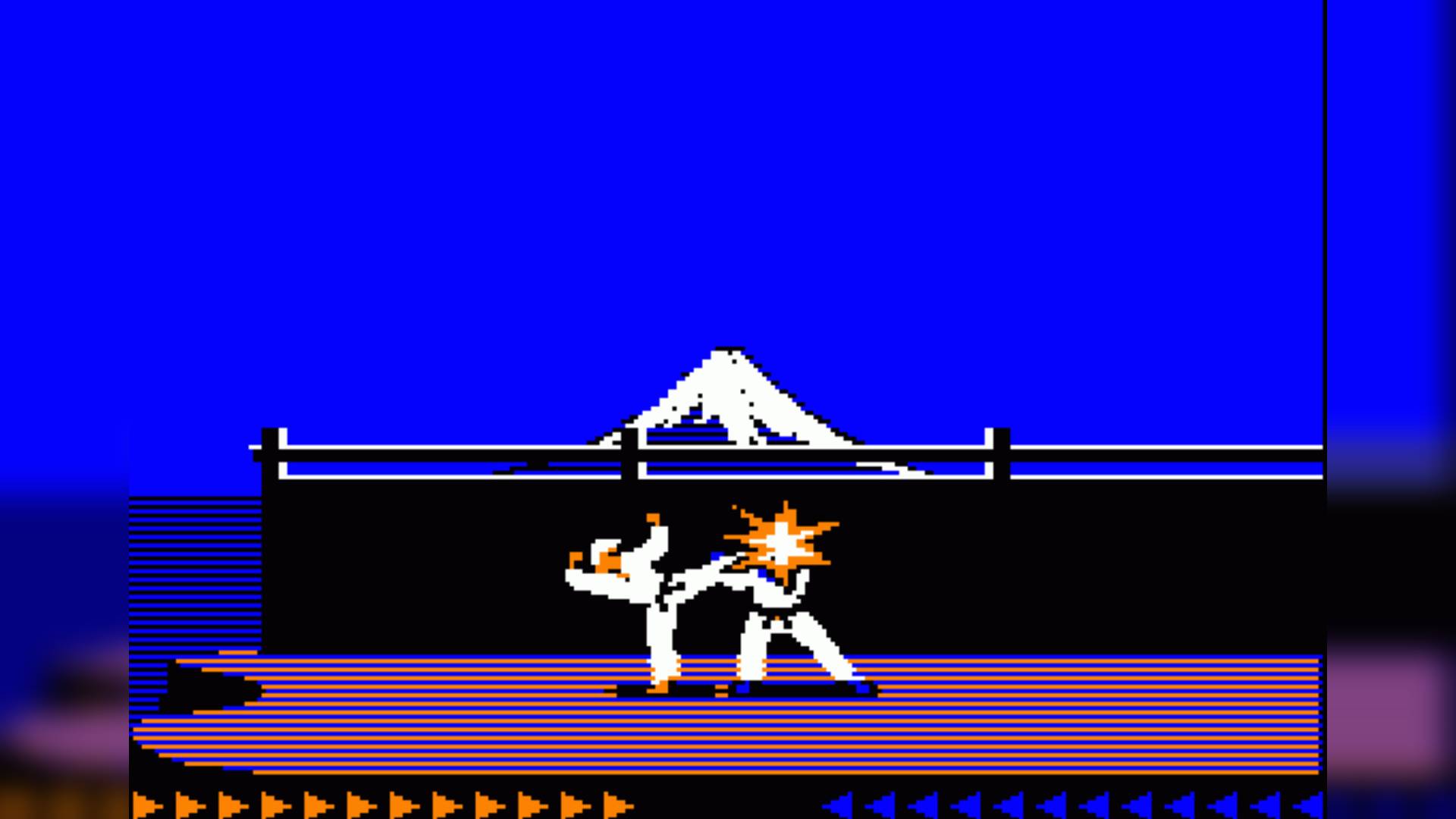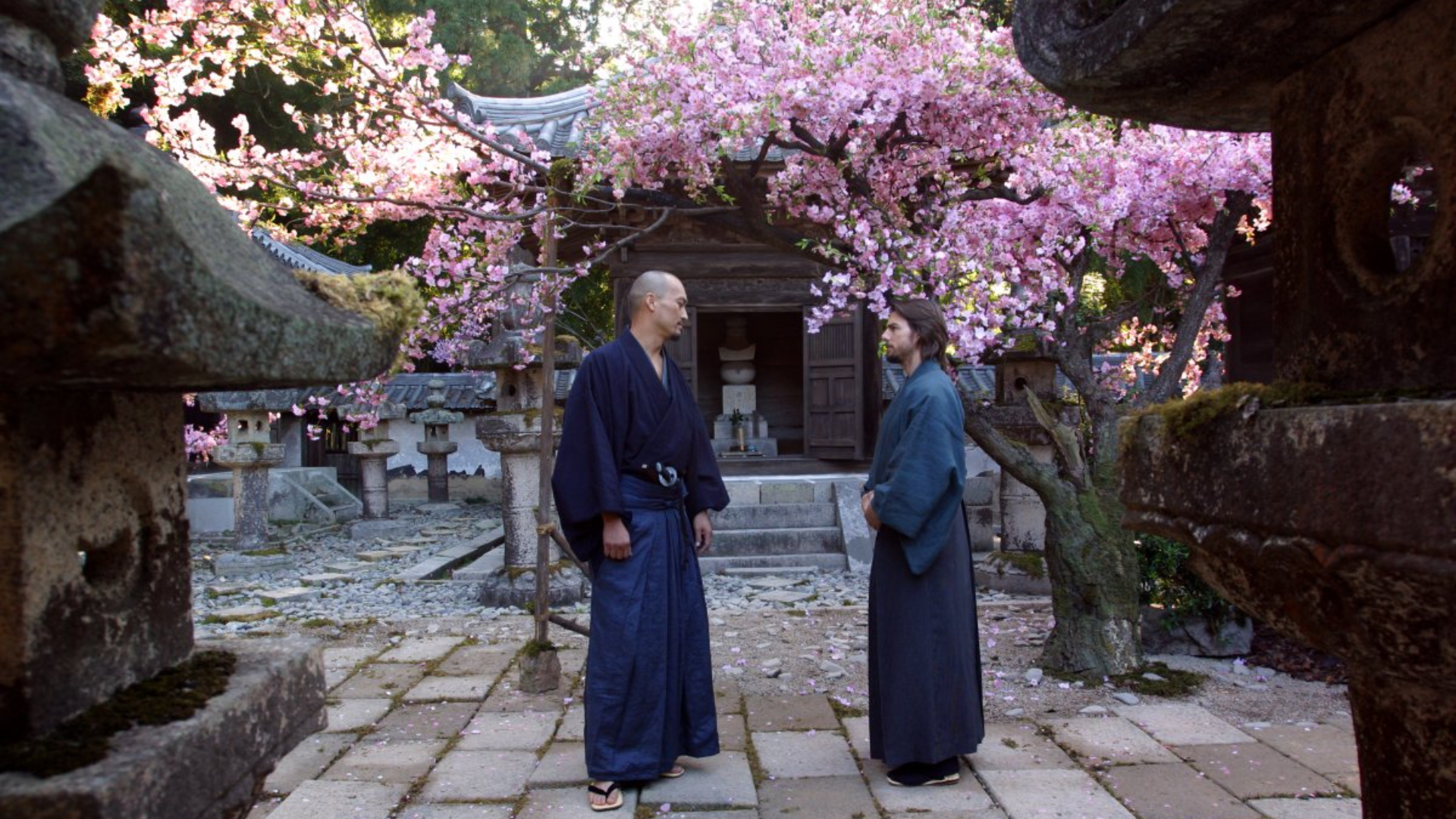The movies, games and books that inspired Ghost of Tsushima, according to Sucker Punch
Six of the creative leads behind Ghost of Tsushima about what influenced them and the game

The broader influences behind Sucker Punch's Ghost of Tsushima are obvious: Japanese history, culture, and of course cinema, most notably the films of Kurosawa. What, however, actually went into making the game and what influenced the team making it? Coming up a few of the key creative leads behind it all talk about the things that directly influenced the studio during the development of Ghost of Tsushima.
Nate Fox, Creative director

Probably best known for his work on the Infamous series, creative director Nate Fox, gets a big hitter out of the way first, Akira Kurosawas' 1954 classic Seven Samurai. It's a groundbreaking movie that changed modern cinema globally, and influenced generations of filmmakers. "It's impossible for me to think about what it is to be a samurai without picturing the warriors brought so vividly to life in this film." The film is about a small group of warriors that band together to protect a small village from bandits. "All of them fought with dignity and heart in a way that I'd never seen before," explains Fox, "they're an iconic ideal that we strive to live up to."

A contrasting, but no less influential source is the comic Usagi Yojimbo. The tale of its "rabbit bodyguard" transports much of its cinema influenced Samurai action into a world of animals, often based on Japanese actors famous for their work in Samurai movies. "[It's] loosely based on the [real] life of Miyamoto Musashi," continues Fox. (Musashi was a 16th century dual sword wielding ronin, philosopher and writer with an undefeated record of 61 duels.) "The stories here caused me to fall in love with the romantic ideal of the wandering samurai."
Brian Fleming, Producer and co-founder of Sucker Punch

As one of the founders of Sucker Punch, producer Brian Fleming has been involved in everything, working on both the Sly Cooper and Infamous series before turning to Ghost of Tsushima. For him two of the biggest influences have been video games, starting with a title that makes a lot of sense when you compare its ethos and mechanics: Tenchu: Stealth Assassins. The 1998 PS1 game followed two honor bound ninja protecting their province. "Tenchu expanded what I thought was possible," says Fleming. "Stealth, grapple… Tons of innovations here that have become foundations for games like Ghost!"

Even further back is 1984's Kareteka, the first game by Prince of Persia creator Jordan Mechner. This side scrolling fighting martial arts game saw you battling to climb a mountain and rescue a princess. "This was my first immersion into this genre [and] the first game I ever played in this type of beautiful world," says Fleming. It also had "a surprising gameplay twist ending" he points out where, if you approach the princess you're trying to rescue while still in a fighting stance, she... kills you with a single punch and you have to start over.
Jason Connell, Art/Creative Director

Art and creative director Jason Connell cut his teeth as a lighting artist and later lighting director on the Infamous series before Ghost of Tsushima. He cites two Kurosawa influences that fit both the themes and look of the game. "From when I was very young, 1962's Yojimbo instilled in me what it means to be a wandering ronin, moving calmly towards a group of enemies without a care in the world." The film, about a wandering ronin caught in a power struggle between two warring clan leaders, features a character who's calm approach to fights is evident in the duels and stand-offs of Tsushima. "The world is rich with interesting characters and it has always stuck with me," he concludes.

In contrast, 1985's RAN, one of Kurosawa later movies, combined Shakespear's King Lear with tales of the Japanese feudal lord Mōri Motonari. "[It's] one of the few movies shot in color from Kurosawa," Connell points out, highlighting it's "excellent compositions, utilizing a castle, walls, banners and armies," and adding that "the action and cinematography holds up well even by today's standards." And, in a nod to one of Tsushima's collectables, he also mentions that, "when I think of Samurai banners, I always think of RAN."
Sign up to the GamesRadar+ Newsletter
Weekly digests, tales from the communities you love, and more
Joanna Wang, Environments director

Environments director Joanna Wang worked on games like Rayman and Splinter Cell before joining Sucker Punch for Infamous 2. Being responsible for the game's world, one of her key influences, the 2003 Tom Cruise movie The Last Samurai, is all about the settings. "I was inspired by lots of scenes from this movie," she explains. "The small village on a rolling grass hill, kids playing around a little cherry blossom tree. Then later, a battle in the heavy rain near the red maple tree, or heavy fog in the deep woods. The color, the tone, is all so well-crafted for the story and has beautiful cinematography."

It's a good source for some of Ghost of Tsushima's varied and beautiful locations but when it comes to the game's combat and action, Wang has another movie in mind – Takashi Miike's 2010 movie 13 Assassins. This remake of the similarly titled 1963 movie follows a band of killers attempting to prevent a Clan Leader rising up the ranks of the Shogunate Council. "This movie has one of the best samurai battle scenes," says Wang. "Just like Ghost, a few samurai need to face huge numbers of enemies, and I love how they use the village environment for the final fight."
Billy Harper, Animations Director

An animator with roots stretching back to Naughty Dog's Jak and Daxter period, Harper has been with Sucker Punch for nearly eleven years. His choices straddle both cinematic and video game influences that describe Ghost of Tsushima well. First up is 1965's Red Beard: "Kurosawa's last black and white film and his final collaboration with Toshiro Mifune." (Who appeared in 16 of the director's movies.) He explains that "this plot is one of my favorite stories of youthful arrogance being guided by an unwanted mentor." It's something that mirrors some of Jin's relationship with his uncle and other key characters in Tsushima.

In terms of games, Harper names 2001's Onimusha: Warlords as another influence. "I remember this game because of one specific element," he states: "I was able to play as a samurai and an assassin! I love that we have this type of gameplay diversity in Ghost."
So there's just a few of the influences that help Sucker Punch create Ghost of Tsushima's sweeping open world of Samurai honor, war and betrayal. If you want to know what we think of the game then you can check out our Ghost of Tsushima review.

I'm GamesRadar's Managing Editor for guides, which means I run GamesRadar's guides and tips content. I also write reviews, previews and features, largely about horror, action adventure, FPS and open world games. I previously worked on Kotaku, and the Official PlayStation Magazine and website.


